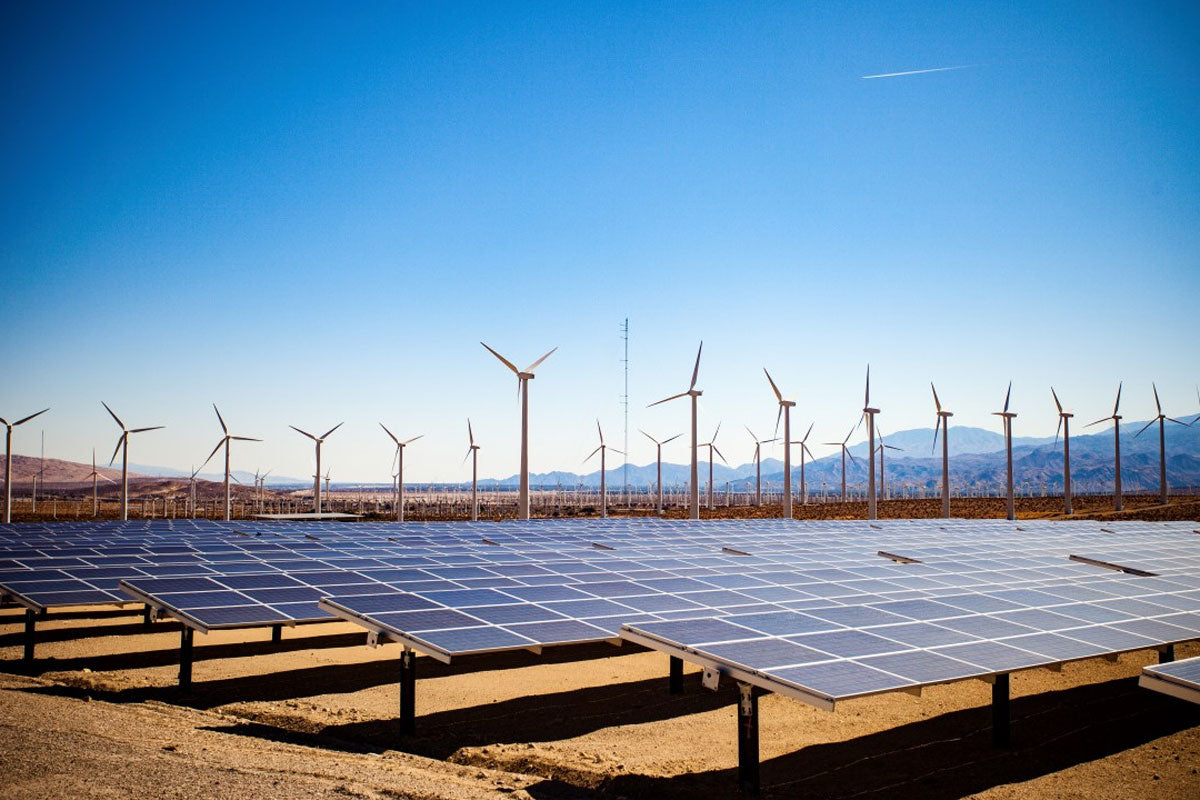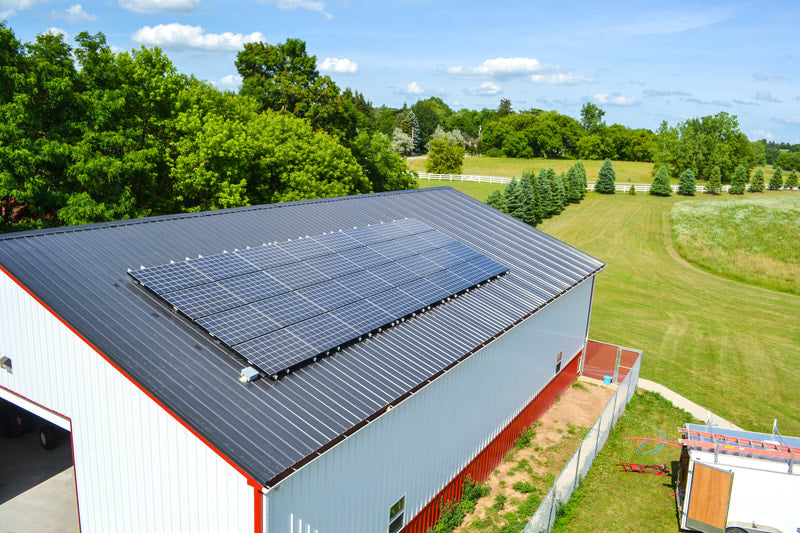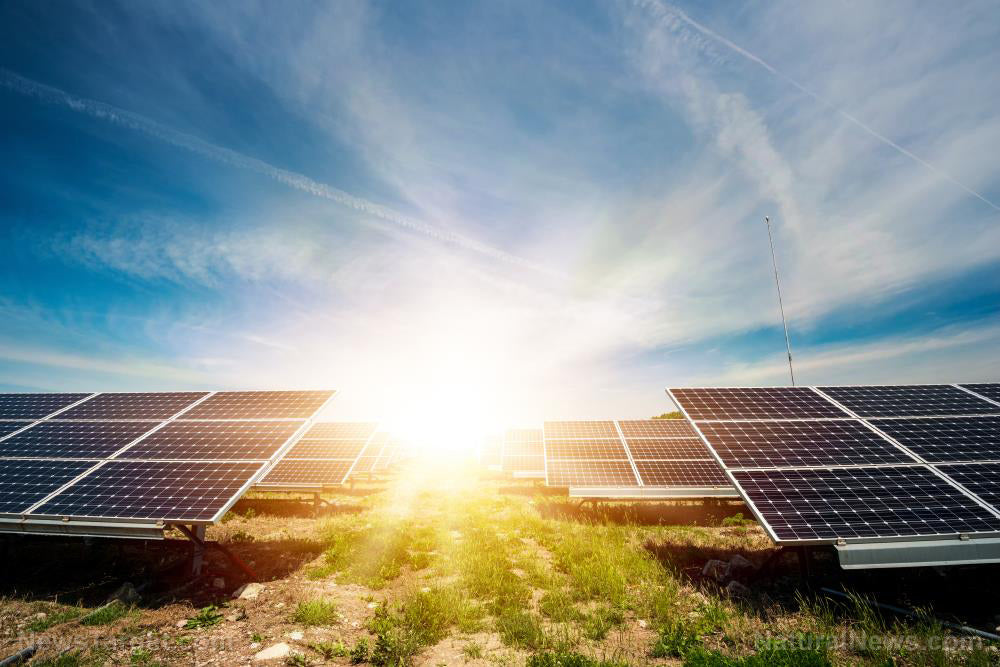With the technological progress and the expansion of industrial scale, the cost of photovoltaic power generation will further decline and will become one of the important energy sources for sustainable development in the future.
Key components of photovoltaic technology
The key component of photovoltaic power generation technology is solar photovoltaic cell. The development of solar photovoltaic cells can be roughly divided into three generations. The first generation is silicon solar cells; The second generation is thin-film solar cells; New technologies such as high-power concentrating cells, organic solar cells, flexible solar cells and dye-sensitized nano solar cells are collectively referred to as the third generation solar cells. At present, the mainstream is the first generation silicon solar cells, and the market share of thin-film cells is gradually expanding. In addition to high-power condensing cells, most of the third generation cells are still in the stage of laboratory research and development.
Silicon solar cell
Silicon solar cell Among silicon solar cells, monocrystalline silicon technology is the most mature. The efficiency and cost of this battery are mainly affected by its manufacturing process. The manufacturing process is mainly divided into ingot casting, slicing, diffusion, velvet making, screen printing and sintering. This kind of photoelectric conversion process has a general efficiency of 16% - 18%.
Monocrystalline silicon solar cells have the highest conversion efficiency, but the cost is also high. Polycrystalline silicon solar cells can well reduce the cost. Its advantage is that it can directly manufacture large-scale square silicon ingots suitable for large-scale production. The equipment is relatively simple, so the manufacturing process is simple, power saving, silicon material saving and low material requirements. In addition to reducing the cost of materials and the cost of solar cells, it is mainly realized in two aspects, First, reduce consumables, such as reducing the thickness of silicon wafer; Second, improve the conversion efficiency.
The ways to improve efficiency include the following aspects:
The first is to increase the absorption of light, such as surface flocking, preparing anti-reflection layer, reducing the width of front electrode and so on.
The second is to reduce the recombination of photogenerated carriers and improve photon utilization, such as emitter passivation technology.
The third is to reduce the resistance and increase the absorption of photocurrent by the electrode, such as zoning doping and back electric field technology.
Thin film solar cell
Crystalline silicon solar cells have high efficiency and still occupy a leading position in large-scale applications and industrial production. However, due to the high price of silicon materials, it is very difficult to significantly reduce its cost. In order to find alternative products of crystalline silicon cells, low-cost thin-film solar cells came into being. Mainstream thin-film batteries include silicon-based thin-film batteries, cadmium telluride (CdTe) thin-film batteries and copper indium gallium selenium (CIGS) thin-film batteries.
Third generation battery
In theory, the third generation battery can achieve high conversion efficiency. At this stage, most of them are still in the stage of laboratory research except for condenser cells.
Solar cells are encapsulated into solar modules. The application of different solar cells depends on their own characteristics and the development of market demand. In the early days, solar energy was mainly used in communication base stations and artificial satellites, and then gradually entered civil fields, such as solar roofs. In these scenarios, the installation area is small and the demand for energy density is high, so crystalline silicon components occupy the main market share. With the development of large-scale solar desert power stations and photovoltaic buildings, comprehensive cost has gradually replaced energy density as an important factor to be considered, and the application of thin-film cells is on the rise. In addition, the application of different technologies is also affected by the use environment, climatic conditions and other factors.
Welcome to visit SOLARPATS to know more about solar cell.



